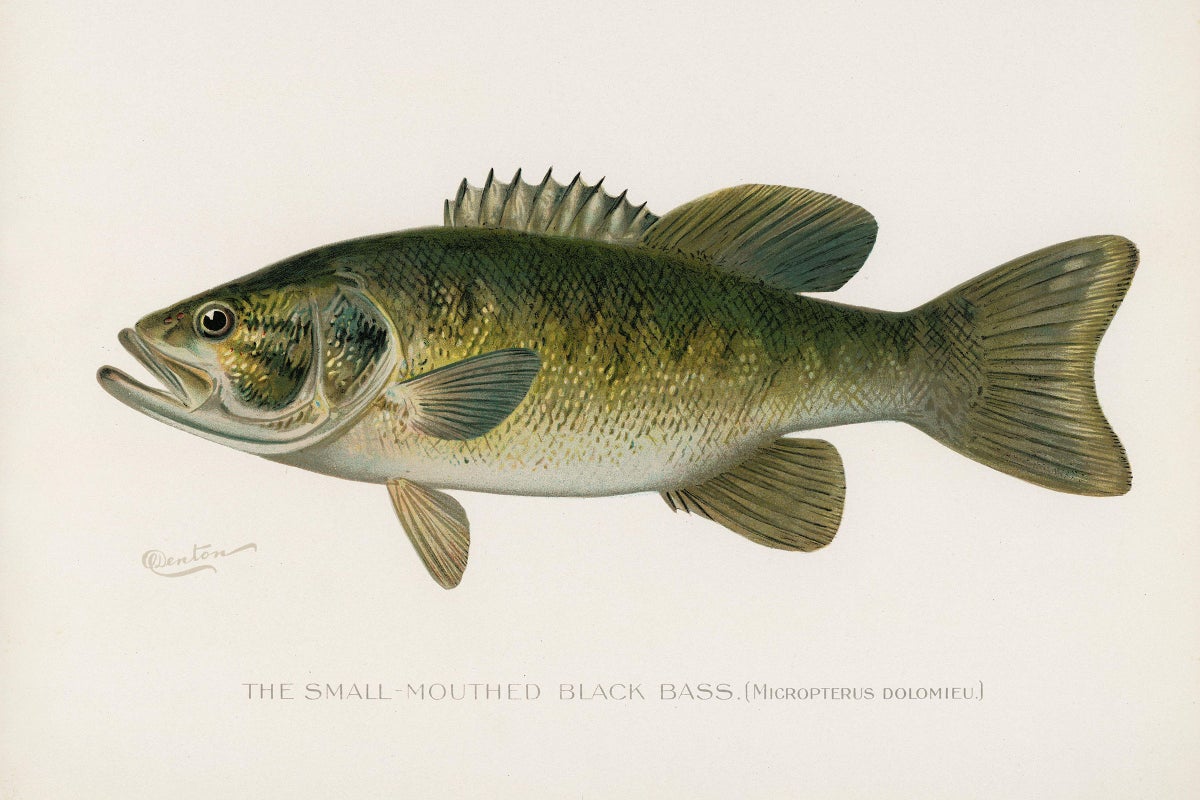
"A group of Cornell University scientists have been outmaneuvered by a formidable (and genetically supercharged) adversary: the smallmouth bass of Little Moose Lake in New York State's Adirondack Mountains. The invasiveand drastically overpopulatingspecies prevailed over the scientists' 20-year electric culling campaign by evolving to grow faster and spawn younger. This strategy let them reproduce before the scientists' specially equipped boat took its twice-yearly lake cruise, electrically stunning all fish within several feet so the team could toss the bass into a cooler."
"The lake's bass population is now thriving in greater numbers than ever. Smallmouth bass are among the hardest-fighting freshwater sport fishes, popular with anglers for the leaping acrobatics the fish perform trying to unhook themselves. In the late 1800s outdoor enthusiasts started introducing this adaptable, red-eyed predator into countless lakes and fishing holes, where it can often outcompete localsincluding prized troutfor prey."
A Cornell team used twice-yearly electric culling to stun and remove smallmouth bass from Little Moose Lake, leaving other species to recover. The bass evolved faster growth and earlier spawning, enabling reproduction before each cull and allowing population rebound to higher numbers. Smallmouth now thrive and continue to outcompete native fish, while native lake trout have become stunted, falling from historic adults of up to 35 pounds to fully mature trout of about nine inches. Smallmouth were introduced widely in the late 1800s and often displace local species. Genetic effects linked to the attempted eradication were identified.
Read at www.scientificamerican.com
Unable to calculate read time
Collection
[
|
...
]